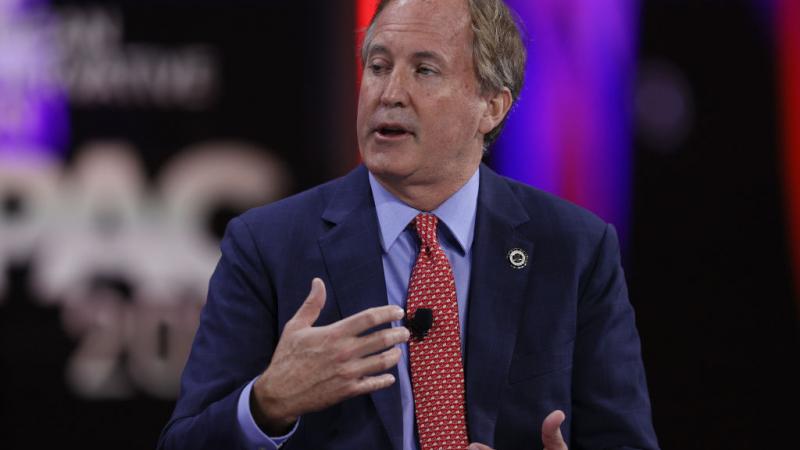California home insurance rises by 20%, experts warn of outmigration
In addition to State Farm, Allstate, the state’s third-largest property insurer, is no longer accepting new home insurance policies in California.
California’s largest home insurer announced it would be raising rates by an average of 20% after saying it would no longer be accepting new insurance policies due to the cost of building and increased risk of wildfires. Earlier this year, S&P noted further out migration driven by rising property insurance rates would put pressure on and could eventually threaten public finances in the state.
State Farm, the largest insurer in the state, said in a statement, “These rate changes are driven by increased costs and risk, and are necessary for State Farm Mutual Automobile Insurance Company and State Farm General Insurance Company to deliver on the promises the companies make.”
In addition to State Farm, Allstate, the state’s third-largest property insurer, is no longer accepting new home insurance policies in California.
According to wildfire expert Edward Ring, the economic and regulatory difficulties of remaining in the California property insurance market, combined with especially high property values and costs of construction drive insurers to charge more.
“There are high premiums because there's less competition, overregulation, and we have effectively mismanaged our forests and created high instances of claims because of that,” Ring said to The Center Square. “Home prices and costs to rebuild are higher in California.”
Approximately 40% of forests in California, or approximately 7.5 million acres of federal and 5.6 million of state-managed forests require the removal of fire-prone brush buildup that leads to wildfires via either manual removal or controlled burns. Should the state continue its current rate of treating 100,000 acres of at-risk forest per year, California would take 56 years to clear its current backlog — without accounting for new acreage requiring brush treatment.
As the state faces a $68 billion budget deficit for the coming 2024-2025 fiscal year, S&P already downgraded its outlook for the state’s general obligation bonds, reducing its “positive” outlook to “neutral” in a move that experts say is a prelude reducing the state’s bond rating, not just outlook, in the near future.
“It is a pre-emptive move to state the obvious,” said government and pension finance expert and former State Sen. John Moorlach to The Center Square.
According to polling, 61% of Californians say the cost of living is the number one reason they are considering leaving California, and four in every ten Californians are considering moving to another state. If enough Californians leave, especially those still working and paying taxes, the state could struggle to pay for its welfare and retirement systems, and even basic critical government functions such as maintaining adequate fire and police coverage.
“Adjusted for inflation, California’s per capita general fund spending has doubled in the last ten years,” Ring said. “It’s impossible to increase spending that fast, especially in a state like California that relies heavily on high-income individuals for state tax revenues, without having deficit years.”
















